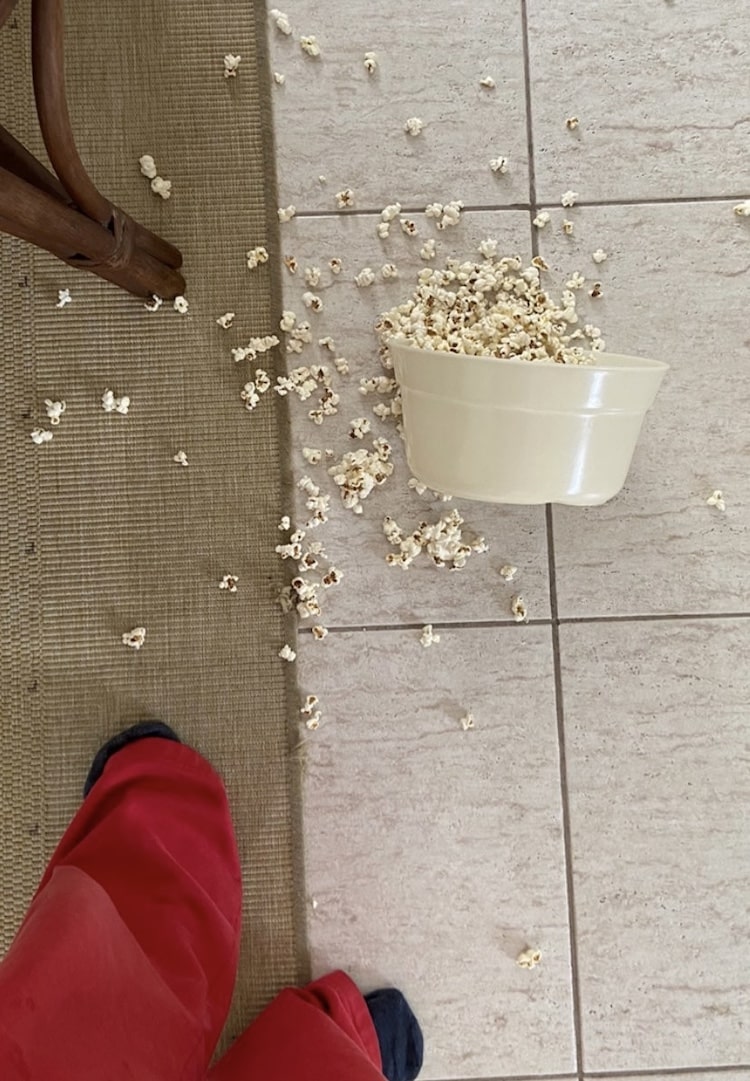3 Australian suicide prevention volunteers on what a day on the job looks like
WORDS BY MAGGIE ZHOU
“The power of human connection is pretty special.”
At Lifeline, Australia’s leading suicide prevention service, the phone rings every 30 seconds. On average, that’s 2,880 people calling a day. The national charity runs off the back of 4,500 volunteers, providing 24/7 support for Australians in need. Put simply, the phone line is a lifeline.
Looking for more thought-provoking reads? Try our Life section.
Below, three Lifeline volunteers walk us through what a day on the job actually looks like. In a role where you learn to expect the unexpected, here’s how they prepare and decompress for a day helping people in times of crisis.
Tess Jackson, 28, she/her
What drew you to become a crisis supporter?
Coming from a family of volunteers, I have always felt a strong desire to be of service to others and support people in need. It became clear how many people were struggling psychologically as a result of the pandemic, so I put my name down for a Lifeline information session.
What does a typical day on the job look like?
My volunteer days are well-planned and considered. Working in suicide prevention and providing crisis support can be heavy at times, and the role requires presence and being prepared for any situation on the other end of the phone. I sign in, set up my booth, check in with my supervisor and begin taking calls.
[I also have] a routine of leaving my booth between each call to stretch, grab a drink or walk around the centre to reset. My shifts are scheduled on days I’m not working, and I prioritise self-care before and after my shift by spending time with loved ones, exercising, relaxing at home and playing with my dogs. I understand it’s a privilege to show up in this way and believe it’s important to use your privilege in a positive way to drive change.
What do you want people to know about your role?
The power of human connection is pretty special. Even on the darkest days and in times of crisis, human beings are able to connect with one another and this can change the course of someone’s situation.
Sonny Tuapola, 57, he/him
What drew you to become a crisis supporter?
A friend of mine lost their life to suicide in early 2021. I decided to take part in The Push-Up Challenge to raise funds for mental health by doing 3,139 push-ups – one for every life lost to suicide that year. After The Push-Up Challenge, I was so motivated to do more that I became involved in Lifeline’s Crisis Support service, which I was accepted into in July 2021.
What does a typical day on the job look like?
I volunteer for Lifeline from home. A typical day on the job for me is a ritual of exercise, whether it is pushing weights at the gym or taking part in [a] boot camp at Bondi Beach before my shift. I also play my Tibetan singing bowl, the sounds produce a kind of energy that can centre the frequencies of the body, mind and soul.
Playing the bowl before and after service causes the left and right sides of [my] brain to synchronise together, creating peace and calm. I then set up my workstation with a cup of coffee and water and settle in for my four-hour shift. Post-shift I debrief if I need to with my in-service supervisor and finally, play the Tibetan singing bowl to return home to my house.
What do you want people to know about your role?
What I have learnt from the training at Lifeline Australia has put life into perspective, and has changed me as a person. I am able to spread the Lifeline Framework into my daily routine and am so grateful that I can be there for those that contact Lifeline Australia, our help-seekers.
Claudia Graves, 25, she/her
What drew you to become a crisis supporter?
I’ve worked at a mental health tech company for two and a half years and I’ve had the incredible opportunity to witness the advantages of proactive mental healthcare. At the same time, I understand the importance of providing support for individuals during challenging moments, particularly in times of crisis. Lifeline has allowed me to close the loop and experience mental health in its full spectrum.
The role of a crisis supporter has granted me an unparalleled perspective into my community, shedding light on those who are grappling with life’s difficulties. As an advocate for mental health, the role of a crisis supporter has given me an avenue to share my passion with those who need it most, and I feel really privileged to walk alongside them during some of their darkest moments.
What does a typical day on the job look like?
Every day at Lifeline is different. I start my shift by signing in with the support team and prioritising self-[care] before my first call. Throughout my shift, I always ensure that I’m leveraging the support provided by Lifeline, whether that’s online or tak[ing] a break and hav[ing] a cup of tea with my fellow volunteers in the centre. l wrap up my shift in the evening and make sure I prioritise self-care when I get home.
What do you want people to know about your role?
Volunteering is a truly rewarding experience. While it can be daunting, taking the plunge and getting started was the best thing I’ve done. I’d encourage others to research, find an organisation that aligns with their values and interests and begin their volunteering journey. I promise you won’t look back!
Worried about the mental health of a loved one? Head here.










